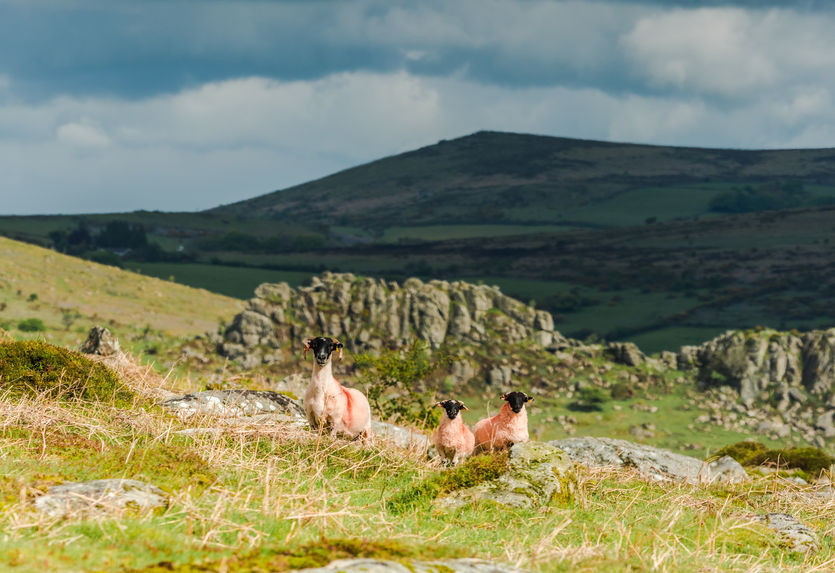
Government statistics has highlighted the importance of red meat production to the agricultural sector in Wales.
The statistics show that in 2016, the combined value of sheep and cattle output represented the highest share of Welsh agricultural output at 44%.
The forecasted total value of aggregate agricultural output in Wales stands at £1.4 billion for the year.
The sheep and cattle sector saw improved prices during the year, particularly for finished livestock. As a result, the total value of output from sheep and cattle increased by 4% and 1% respectively.
The output from sheep is forecast to stand at £267 million, some £10 million higher than figures for 2015.
'Improved market conditions'
According to Hybu Cig Cymru – Meat Promotion Wales’ (HCC) John Richards, Industry Information Executive: “The main driving factor for increased output in the sheep sector included improved market conditions, especially in the second half of the year, helped by the weaker Sterling against the Euro.
“Positively, a second statistical bulletin has shown that farm income forecasts in Wales for 2016/17 have also increased in line with sheep and cattle outputs.
“This information provides a useful indication of long term trends and could provide some confidence to the red meat sector which has experienced, and is facing, a period of uncertainty due to Brexit.”
The average farm business income for less favoured area (LFA) cattle and sheep farms is forecast to stand at £27,500 per farm for 2016/17.
This is some £5,600 higher than the figure for the previous year (at current prices), an increase of 26%. It is also the highest figure seen in five years.
Increased confidence
John Richards said: “Improved market prices for beef, and sheep in particular, when compared to the previous 12 months would have influenced the increase.
“The overriding factor, however, would have been the increase seen in Basic Farm Payments due to the weaker pound; it is estimated that this exchange rate fluctuation would have led to a 17% increase in the payment level. These improved returns will hopefully increase farmer confidence to invest in their businesses.
“A striking feature of these figures is the importance of support payment to annual farm incomes. Without this income stream, many farms in Wales would have a negative margin.”
The improvement in LFA farm incomes was also seen for lowland cattle and sheep farms in Wales. The forecast farm income for this type of farm is stated as being £22,000, an increase of 34% on 2015/16 figures.
